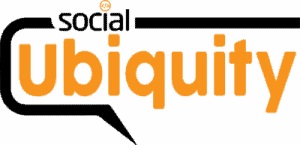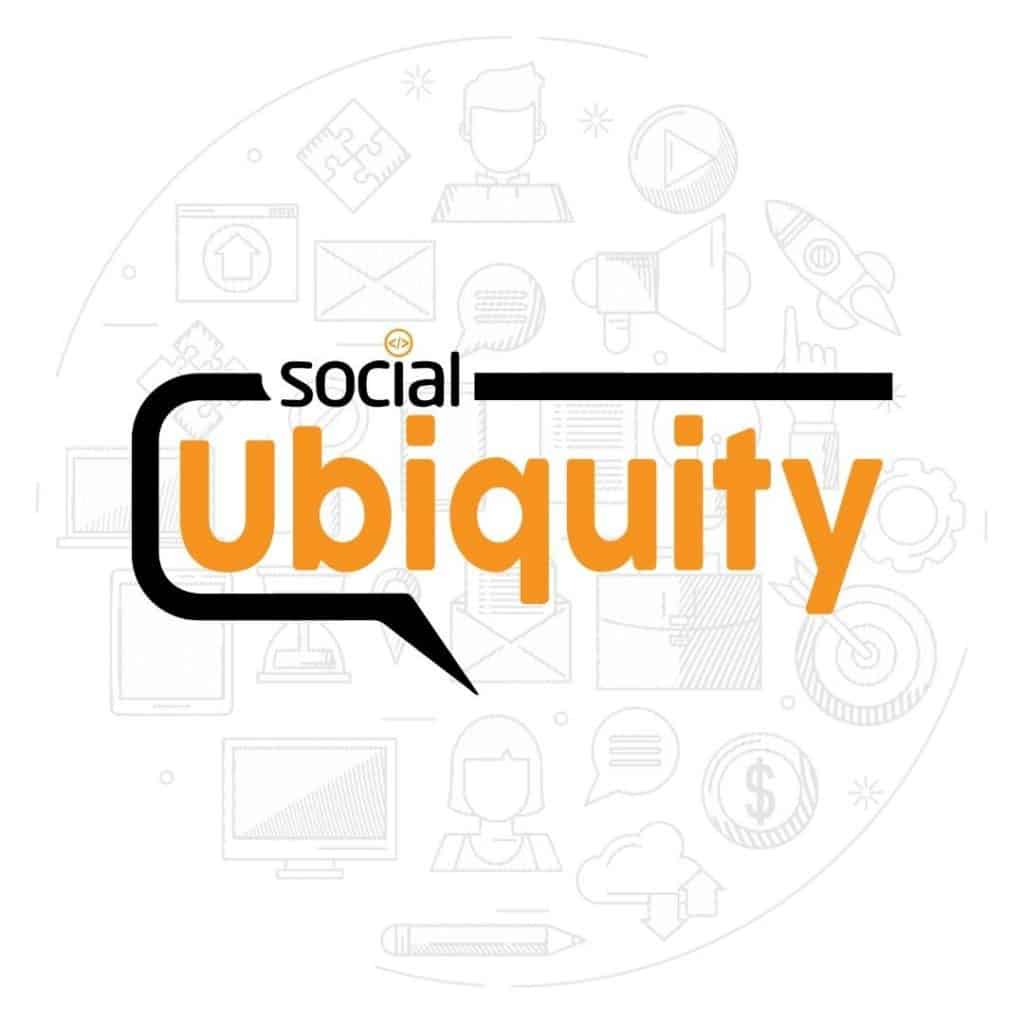Images can be powerful SEO tools as their factors that search engines use to rank websites. They can also serve as a way to break up large blocks of text and swiftly provide information. Images are so important that we built our company around them.
In this post, we’ll take you through the importance of images in SEO and how they build trust with site visitors, allowing you to see how your website is performing with search engines.
How do we represent ourselves?
We are visual beings, and we use images to visualize concepts that may be difficult for us to grasp fully. If you look at the images people use on social media; you’ll find that they are a mix of professional photos (those taken by a reputable photographer) and personal images taken with mobile phones or on-the-go cameras.
How do we present ourselves online?
Today, anyone can use their browser to go online and share their opinions on any topic. In the same way that we have chosen to represent ourselves personally, we now have the power to represent our interests on a digital level. If you look at the most popular blogs and social profiles, it’s evident that there is a trend toward images instead of plain text.

However, there’s more to why people add images than just their preference for them.
According to the Tow Center for Digital Journalism, images are the second most valuable element of a page. In other words, they receive more indexing value than the text on a website.
Images give search engines and humans an idea of what your content will be about. They help build engagement and encourage people to share it with their friends and followers. You need to include some images on your site if you want people to trust your brand.
Whether you’re an E-commerce site or a blog about modern furniture, you’ll want to add a few relevant images to make it easier for your site visitors.
Here’s the thing: in the eyes of Google, images are treated differently than other types of content and should be optimized differently as well. You’ve probably seen this before, as there are many texts and guides about image optimization for SEO and images. But when using images, there are some specifics you can follow to ensure that you’re giving your images the proper treatment.
Images in SEO: What are they?
Bing and Google use images to show your website’s rating on their search engines. This is known as a “search image.” These images are added to search engine results for specific keywords, and each search engine has its list of keywords to which these images will be added.
This results in a confusing double-edged sword – on the one hand, search engines want to present to a user the most relevant and essential information, which is basically what your site is about. Still, at the same time, they want to provide information that will influence a user’s search. In other words, search engines play an essential role in selecting images for personal use.
How do search engines use images?
When a user looks for information, search engines need to present them with the relevant result. If the user was looking for an article about the history of toilets and your website is about Kenyan recipes, you don’t want your website to be presented on that same results page.

Search engines have come up with a system to combat this. They use “signals” concepts to determine if a website is relevant for a particular user. This is why you see those results pages – there are many signals contributing to those pages, and one of them is an image. So the more alerts your website has, the higher ranking it will receive on results pages.
What makes images so important in SEO?
First of all, search engines use signals from images to determine relevance. However, pictures are an essential part of a text-heavy website design. The average Internet user’s attention span is a shockingly low 8 seconds. Let’s face it – people don’t like to read.
What does that mean for your website? If you want to tell your visitors anything, you have less than 8 seconds to get their attention and interest them in what you’re saying.
Pictures are the “canary in the coal mine” when it comes to SEO and images. If a user can’t see your content on the first page of Google’s results for a particular keyword, then it means that your content isn’t interesting enough or that you don’t have enough of a signal to appear there. This is why in search engine optimization and other areas of online marketing and business development, people are constantly looking for ways to increase their website’s signals.
Images have been proven to be a significant signal boost for your website. This is why content with relevant images performs much better than content that lacks them.
What are the best ways to optimize my images?
So, let’s talk about how you can optimize your images for SEO because there are a couple of ways you can do it. First of all, you need to follow the general SEO and image rules for content creation. This means that you need to include:
Image file titles. Not many people do this when it comes to images because it’s a bit weird and counterintuitive. However, including image titles as part of your SEO and images strategy can be extremely helpful for a few reasons: You’ll be able to see what images are on your website. You’ll know at a glance what your images are about. You’ll also see how many images you have on your website. This information is beneficial for SEO because it allows you to build content around the image and optimize it for Google.
Many people don’t understand what precisely the alt tag is. Not many people do this when it comes to images because it’s a bit weird and counterintuitive. However, including image titles as part of your SEO and images strategy can be extremely helpful for a few reasons: Alt tags on images. It’s a straightforward concept – alt tags are what you add to back up your image title. For example, let’s say that your image title is “Our Process,” and you have a picture of an employee holding a clipboard standing in front of some papers. The alt tag for that image would be “Our Process – Employee attends a training session.” This text is what search engines will pull if they can’t find the image on your website. If a search engine can’t see your image, it will show the alt text as the description of that search result. Account for this when you optimize your website.
Many people don’t understand what precisely the alt tag is. It’s a straightforward concept – alt tags are what you add to back up your image title. For example, let’s say that your image title is “Our Process,” and you have a picture of an employee holding a clipboard standing in front of some papers. The alt tag for that image would be “Our Process – Employee attends a training session.” This text is what search engines will pull if they can’t find the image on your website. If a search engine can’t see your image, it will show the alt text as the description of that search result. Account for this when you optimize your website. Optimize images for specific keywords.
Conclusion
Images are an essential part of any online search engine and should be used to their fullest potential to optimize a website’s visibility. The image is the first visual element that the web crawlers will read and can give a website an edge when other ranking factors such as text and links do not provide enough information.







